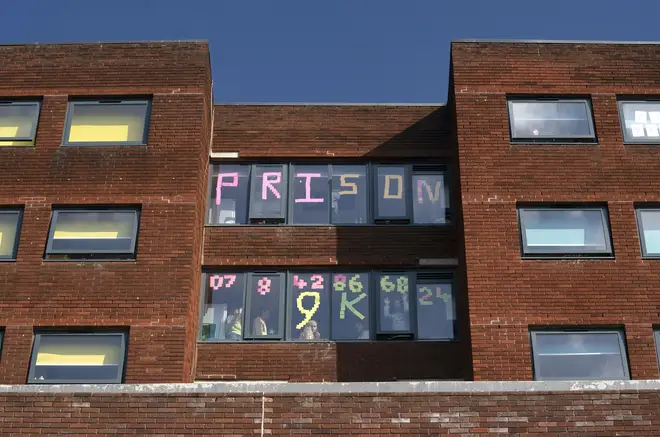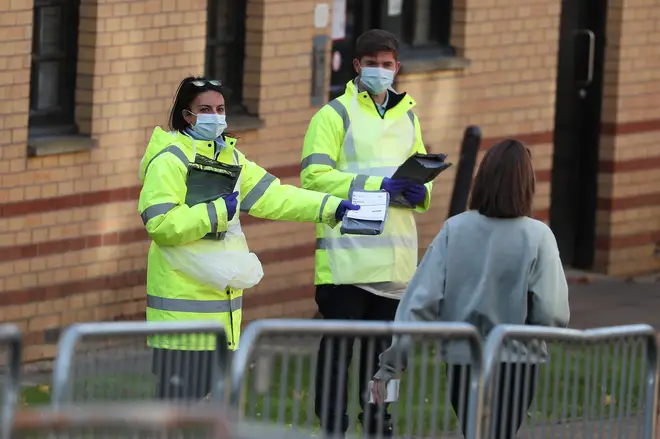
Ali Miraj 6pm - 9pm
17 November 2020, 22:08 | Updated: 17 November 2020, 23:43

Some university cities in England have seen another surge in coronavirus rates after the Government relocated thousands of cases previously pinned to students’ home addresses.
Health officials previously assumed the GP address stated on NHS patient records for those who tested positive was where the case occurred, but have since begun collecting addresses given at testing sites.
The previous recording method failed to account for students who had moved to different term time addresses and not changed their registered GP, as well as those moving home and some people relocating short-term for work commitments, Public Health England said.
Now PHE is attaching lab-confirmed positive cases to addresses given at testing sites if they are different to those in NHS records, taking effect from 16 November and backdated to 1 September.
Read more: England could face tougher tier system when lockdown ends on December 2
Read more: Police chiefs suspend on-the-spot £10,000 fines for Covid rule breakers
The retrospective change has added thousands more positive cases to some hotspot areas, meaning their true infection rate per 100,000 people was a vast underestimate of the reality.
Dr Yvonne Doyle, medical director at Public Health England, said: “We have updated the way we record the location of people who test positive for coronavirus to prioritise addresses given at point of testing, rather than details registered on the NHS database.

“This better reflects the distribution of positive cases in recent weeks and months, particularly among younger people of university age who may not have yet registered with a GP at their term-time address.
“This has not affected any decision about local and national restrictions, which take into account a wider range of evidence.”
Two local authorities, Newcastle and Nottingham - both cities with multiple universities and tens of thousands of students - have hiked by more than 200 cases per 100,000 population for the week 5 to 11 October.
This seven day period, one of the worst-affected by the reporting change, also saw incidence rates climb more than 10 per 100,000 in 23 local authorities.
For this week in 120 local authorities, the recalculation results in a fall in rates greater than 10 per 100,000, but no area’s incidence rate decreases by more than 35.
Read more: Government to detail post-lockdown tier system 'in next week or so', Minister tells LBC

Housing Secretary on the second national Covid lockdown in England
Between 1 September and 12 October, PHE analysis found the proportion of lab-confirmed Covid-19 cases where the address supplied was different to NHS records had risen to 12 per cent, driven mostly by younger people aged 17 to 21.
This was “consistent with the relocation of many students across the UK” for the start of the university term, PHE said.
A total of 119 universities across the UK have reported Covid-19 cases, according to the Unicovid website. The Government has set up an “evacuation-style” seven-day “student travel window” between 3 and 9 December to get 1.2 million students home for Christmas, after the Sage advisory group warned of a “critical” risk of outbreaks.
PHE and the Joint Biosecurity Centre (JBC) found the address changes do not affect the need for tiered and national restrictions because decisions were based on a wider variety of data.
PHE added in a statement: “This issue would not have affected contact tracing by NHS Test and Trace, as most people are contacted by email or text message from the details provided at the time of testing.”